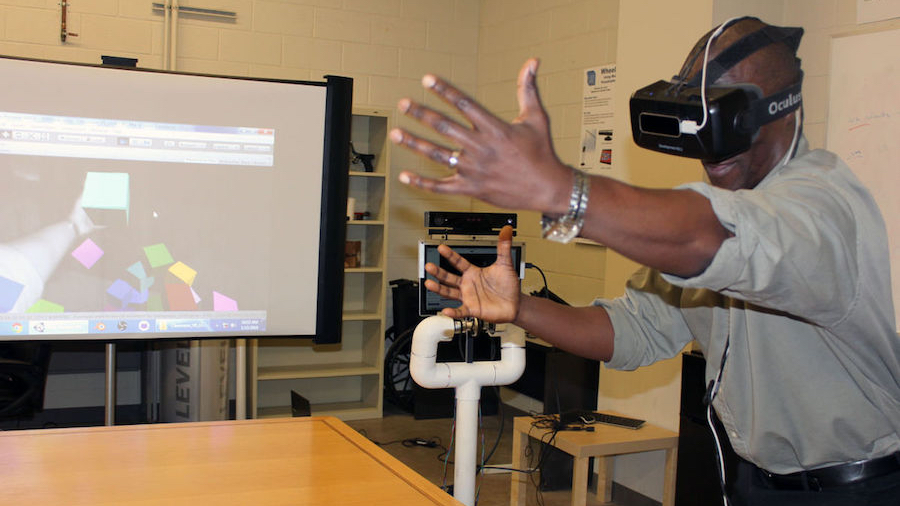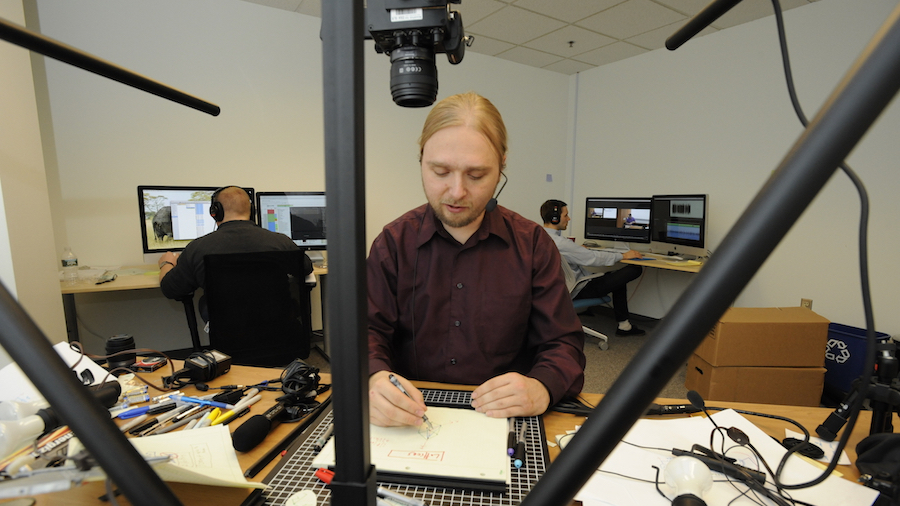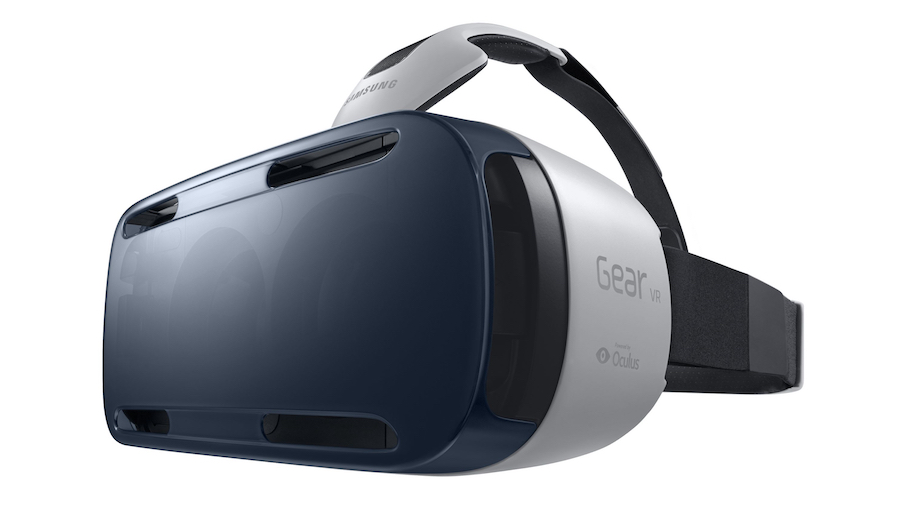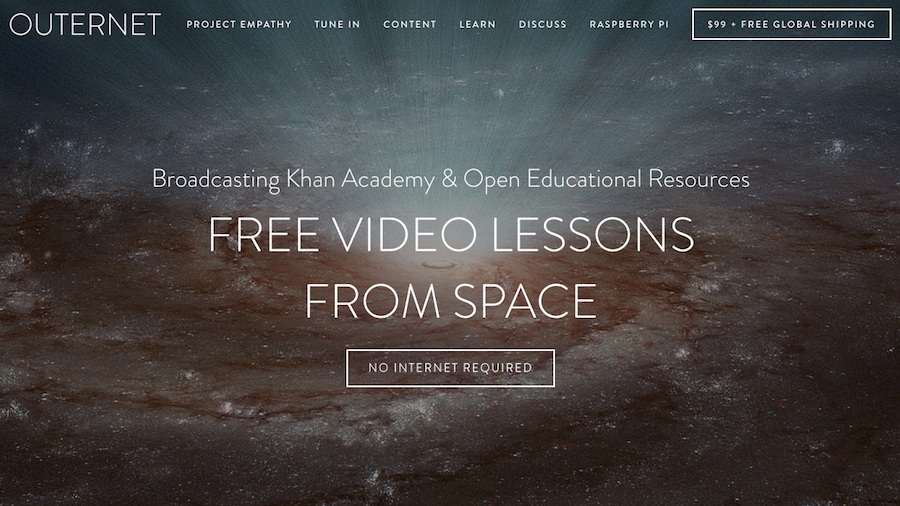
Introduction and rise of MOOC
Robots are taking our jobs, with as many as half the world’s population set to be unemployed by 2045 according to some. This kind of fear-fed hyperbole has accompanied the introduction of every piece of new technology since the dawn of mankind. The catalyst for the current panic is the rise of robotics and AI, which could cause massive restructuring and a much more competitive job market.
Speaking to the New York Times in February 2016, AT&T’s CEO and Chairman, Randall Stephenson, said that people who don’t spend five hours a week online learning will make themselves obsolete. He went on to add that: “There is a need to retool yourself, and you should not expect to stop.” Cue online learning for everyone – forever.

The rise of MOOCs
Such is the fast-paced nature of computing that the threat of IT staff especially becoming obsolete is not a new one, but across all kinds of industries there’s a new understanding of – and thirst for – e-learning to capitalise on the new opportunities that tech is creating.
Cue the MOOC (massively open online course), bite-size downloadable video lectures and courses for phones and tablets, often consumed on the commute, or in free moments, on any subject you can think of.
There are now about 4,200 MOOCs offered by more than 500 universities around the world, according to MOOC aggregator Class Central, with the number of students who signed up for at least one course hitting over 35 million in 2015. That’s a doubling in popularity compared with a year earlier.

Anarchy in the classroom
For now, MOOCs form a philanthropic and altruistic movement, but it’s pretty anarchic. Many of the courses are being offered by top professors and specialists around the globe at the big universities, largely as a testing ground for a future where all education will, most likely, be delivered primarily online.
That’s great for learners, but e-courses are beginning to coalesce around particular global e-learning ‘marketplace’ platforms. Coursera and edX claim over half the global market of sign-ups to MOOCs, but other hubs like NovoED, Udacity, Udemy and Memrise are just as good.
They’re largely US-based and in English, but this is a global trend – MOOCS are growing in China, too, which has XuetangX and CNMOOC.
There are scores of other one-trick hubs online including Lynda, which hosts masses of online video tutorials, and CreativeLive, which offers courses in music, art and photography.

The virtual workplace
The catalyst for all this is, of course, technology – and on two counts. Not only has a faster internet and collaborative cloud working meant more remote working and freelancing (so a more competitive job market) and a more globalised economy (think call centres in India serving the US and Europe, and a huge spate of software, IT and services companies that have no physical HQ), but that same technology is also enabling the flowering of the MOOC concept. But faster broadband and mobile internet are just the start. Next comes game-based learning, virtual reality and real-time interactivity over 5G.
(Top Image Credit: Pamela Krewson Wertz)
Classroom VR and low-bandwidth learning
Game-based learning on the rise
Books are fast being replaced by e-readers, but taking a phone or laptop into a classroom is still a big no-no. Not so in the MOOC world, where smart devices play an intrinsic part. For now, it’s mostly downloadable videos lectures and multiple choice testing, but learning by app is fast becoming very similar to smartphone gaming.
For instance, language learning app Duolingo has levels, points and extra lives to help foster an addictive environment that is trying to capitalise on the current pandemic in smartphone gaming. It already has 110 million users. Similarly interactive is Memrise, another language learning app platform based on brain science and memory research that uses a series of images, as well as very regular testing and reminders, to help users more easily recall vocabulary and phrases.

Virtual reality in the classroom
Could VR, which is so often talked-up as the future of gaming, social media and more, actually find its niche in online learning? At Penn State University there’s a proposal to create an immersive, interactive online experience that is capable of teaching core engineering concepts to an entire class of students.
“Through the use of an Oculus Rift headset retrofitted with a Leap Motion sensor, students will be able to use their hands to rotate, explore and dissect a virtual model the same way a traditional student would explore a physical object or prototype with his or her hands,” says Conrad Tucker, assistant professor of engineering design and industrial engineering at Penn State University.
Tucker’s stance is this: MOOCs are presently merely a way of passively consuming more content. With VR, they could be interactive experiences available to anyone in the world with the right hardware (and super-fast internet).
5G rollout
The missing link in all of this for mobile learners is, of course, the rollout of 5G mobile signals, which could offer up to 100 times faster web connections from 2020 or so. It will mean more video and high density content for MOOCs, as well as ubiquitous and instant communications between teachers and students – two virtual reality users on 5G will be able to collaborate as if they are in the same physical location.
It’s also been suggested that blockchain technology could be used to ensure grade scores and past certificates digitally ‘follow’ students throughout their careers in a tamper-proof manner, though the initial phase would require a data entry nightmare to retrofit the entire population’s past academic achievements.

Low-bandwidth learning
Arguably more important than high-speed education is low-bandwidth learning applications for remote places. Improving access to education in the off-grid world is a problem being addressed by New York-based charity Outernet, which is aiming to become ‘humanity’s public library’ by providing free, unrestricted and uncensored web access for the entire globe.
Available to anyone with its portable, solar-powered Wi-Fi receiver called Lighthouse, Outernet promises free internet from existing telecoms satellites, but is limited to 10 megabytes per person, per day. It’s only a one-way link – no uploads are possible – and it’s primarily designed to push Wikipedia, eBooks and Teachers Without Borders resources to schools in remote places.
Outernet will most likely be used by philanthropic organisations wanting to help off-grid folk in less developed countries, which adds a new dimension to the wider, altruistic MOOC movement already set on creating global high-quality education beyond physical boundaries.
With MOOCs and new tech concepts, education is suddenly entering a period of massive digital disruption. But then isn’t that exactly what the internet was originally designed to do?
Source: techradar.com









































